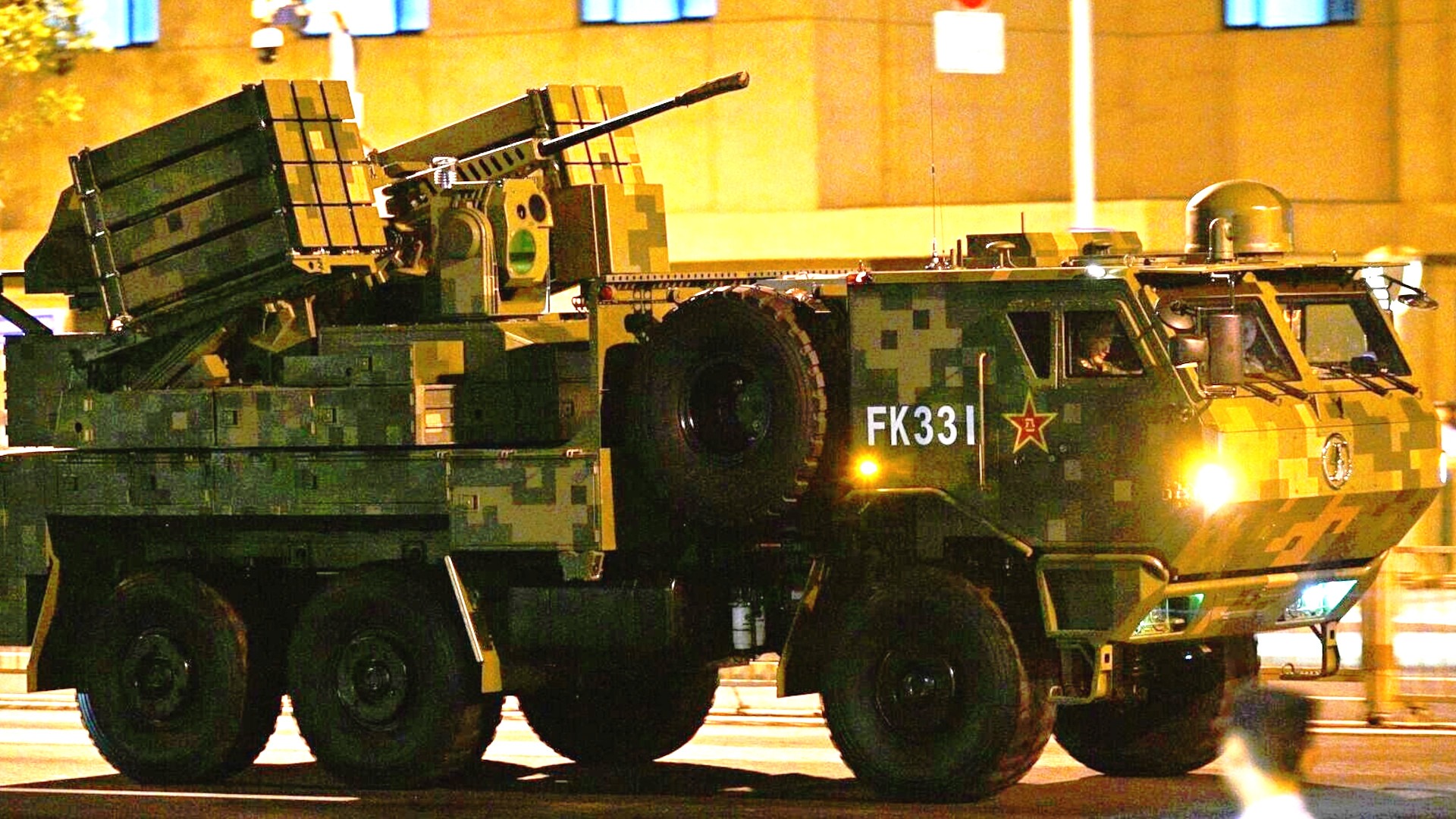China presenta su nuevo sistema de defensa aérea cercana (SHORAD), destinado principalmente a neutralizar la amenaza creciente de los ataques masivos con drones. Denominado FK-3000, este sistema instalado sobre una plataforma terrestre 6×6, puede llevar hasta 96 mini-interceptores y un cañón automático de 30mm, con el objetivo de dotar a las unidades de combate de un punto móvil de Def Aé, con gran capacidad de fuego y orgánico de esas unidades tácticas. La plataforma lleva 8 módulos lanzadores con 12 interceptores cada uno, con un alcance entre 300 y 12.000 metros. Con la amenaza en constante evolución de los ataques masivos de drones y misiles, la extraordinaria capacidad de fuego antiaéreo que otorga el FK-3000, refleja la decisión de China de aumentar sus capacidades en el área de SHORAD preparándose para las guerras futuras.
Ashort-range air defense (SHORAD) vehicle that can be loaded with up to 96 small interceptors at a time has been spotted amid ongoing preparations for a huge Chinese military parade in the country’s capital, Beijing, next week. Referred to as the FK-3000, the self-contained system was developed with a particular eye toward offering mobile point defense against waves of incoming drones.
The FK-3000 was developed by the state-run China Aerospace Science and Industry Corporation (CASIC) and first emerged publicly at the Zhuhai Air Show in 2022. The extent to which the People’s Liberation Army (PLA) may have now fielded it, and whether it has been assigned a new designation in the process, is unknown.
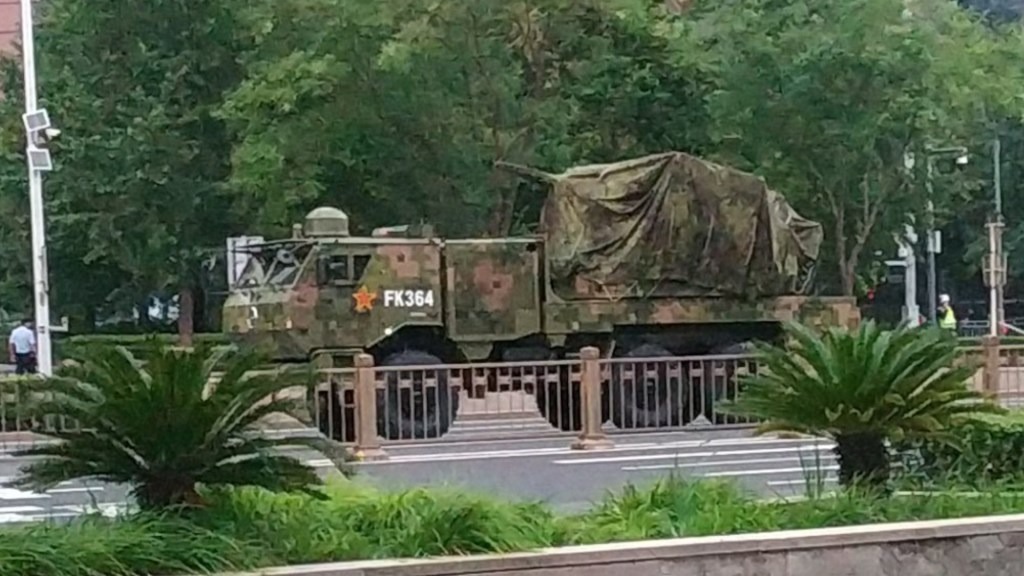
The SHORAD system consists primarily of a turret that can be loaded with the aforementioned mini-interceptors, as well as larger types, mounted on a 6×6 Shaanxi SX2220 tactical truck. The FK-3000 has been shown with asymmetric interceptor loads in the past, as seen below.
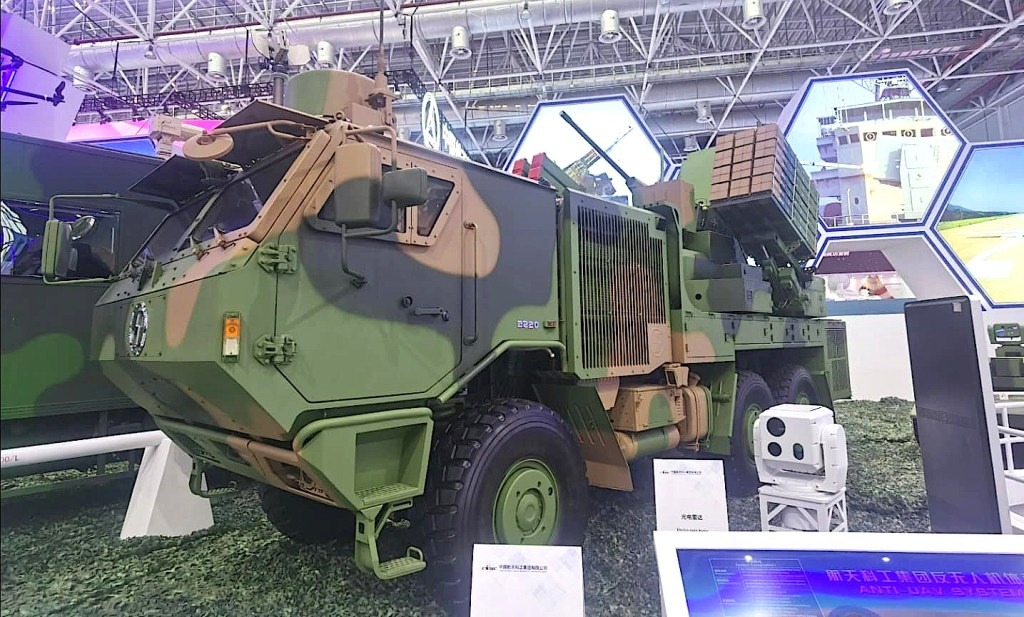
The clearest image that has emerged from the parade preparations so far, seen at the top of this story, shows an example with 12 missile canisters loaded on each side. The front covers on the canisters appear to have cross-cut patterns, which could point to quad-packed interceptors inside. They could also be cuts to help a larger interceptor break through. As noted, multiple interceptors are available for the system.
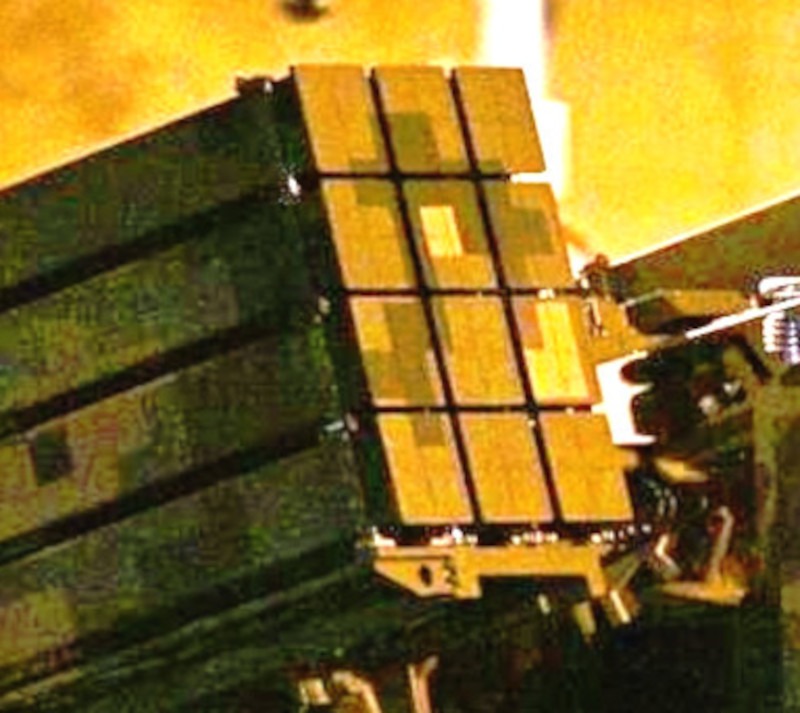
The turret on the FK-3000 is further armed with a 30mm automatic cannon. Automatic cannons like this are an increasingly common feature on SHORAD systems globally, including in the United States, especially ones with a counter-drone focus. They are often paired with proximity-fuzed and/or airbursting ammunition to increase the probability of a hit against smaller targets.
The FK-3000 also has an integrated radar array and electro-optical and infrared video cameras for target detection and tracking.
Depending on the particular interceptors it is loaded with, the FK-3000 has a reported slant engagement range from 300 meters to 12,000 meters, depending on the particular interceptors it is loaded with. CASIC has said in the past that it is capable of downing a variety of aerial threats, including helicopters, cruise missiles, and drones. It has also been described as having an “anti-cluster and anti-ammunition” capability, which points to a mission set commonly known as C-RAM (counter-rockets, artillery, and mortars).

An electronic warfare jammer has also been offered as part of the FK-3000 system, but it is unclear when the versions that will be on display at the upcoming parade in Beijing will have that feature. The examples that have been seen so far as part of the ongoing preparations do feature a very prominent antenna dome on top of one side of the cab, which could be tied to a beyond-line-of-sight (BLOS) communications/networking capability.
When it was first unveiled in 2022, CASIC said the truck-based FK-3000 could also act as a central node in a team together with a pair of tracked uncrewed ground vehicles with their own SHORAD turrets loaded with small interceptors. While multiple types of UGVs have emerged as part of the preparations for next week’s parade in Beijing, it is unclear whether any of them are tied to this SHORAD system.
Even by itself, and just with 24 interceptors, the system looks to offer a significant amount of SHORAD capability in a self-contained road-mobile package. At the same time, multiple truck-based FK-3000s loaded with different mixes of interceptors could provide a significant layered point-defense against a wide variety of targets, while also offering valuable magazine depth benefits, especially if they can be networked together. The mobility would help it keep up with forces on the move, as well as rapidly get into position or reposition in other operational contexts.
The FK-3000 is just one of a number of new SHORAD systems to emerge in China in recent years. This also includes the Type 625E, which features a turret that can be loaded with up to eight anti-air interceptors, and is also armed with a six-barrel 25mm Gatling-type cannon, all mounted on an 8×8 light armored vehicle chassis.
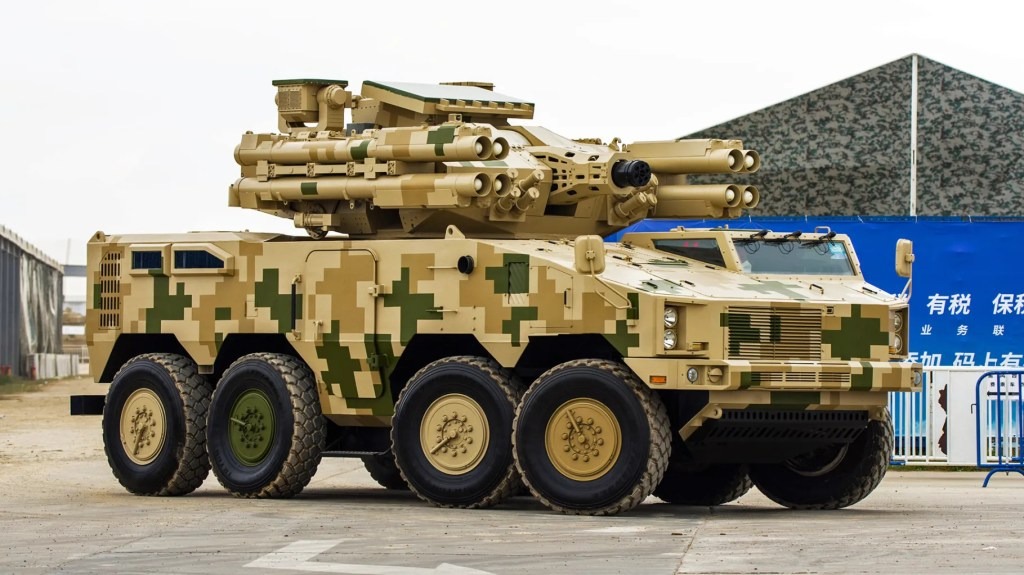
Since 2022, the war in Ukraine has provided clear evidence of the potential threats posed by attacks involving mixtures of various tiers of drones, as well as subsonic cruise missiles, even in relatively modest volumes. This has all been further underscored by observations of attacks launched by Iran on Israel, as well as by Iranian-backed Houthi militants in Yemen on warships and commercial vessels in and around the Red Sea, in the past two years or so.
Last year, in light of these threats, Russia also rolled out a new variant of its Pantsir SHORAD system capable of being loaded with up to 48 smaller interceptors at once and with a particular focus on defending static sites against drone attacks. The Pantsir SMD-E version also notably deleted the two twin-barrel 2A38M 30mm automatic cannons found on most other ground-based variants.
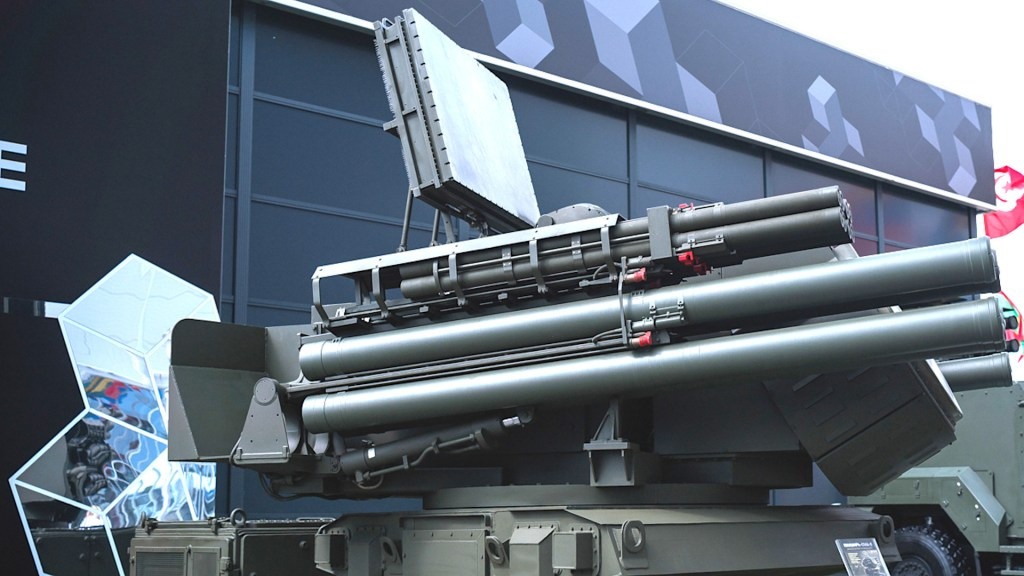
The FK-3000 also stands in stark contrast to the kinds of systems that the U.S. military is now in the process of fielding as it continues to play catch-up after decades of neglecting the SHORAD mission following the end of the Cold War. For example, the U.S. Army’s new Stryker-based Sgt. Stout SHORAD vehicles can be loaded with just eight Stinger missiles, or four AGM-114L Longhow Hellfires, or a mix of the two, and is also armed with a 30mm automatic cannon. The Army has the palletized launchers for its Enduring Shield system that can be packed with up to 18 AIM-9X Sidewinders, as well, while the U.S. Marine Corps has adopted a version of Israel’s Iron Dome, the launcher that can hold up to 20 Tamir interceptors at once. Neither Enduring Shield nor Iron Dome are self-contained mobile systems.
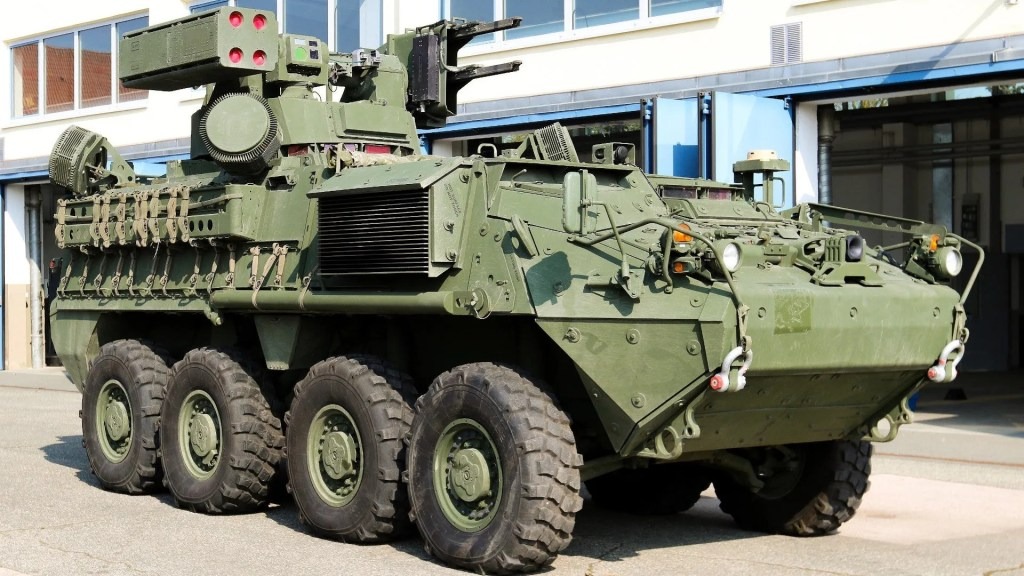
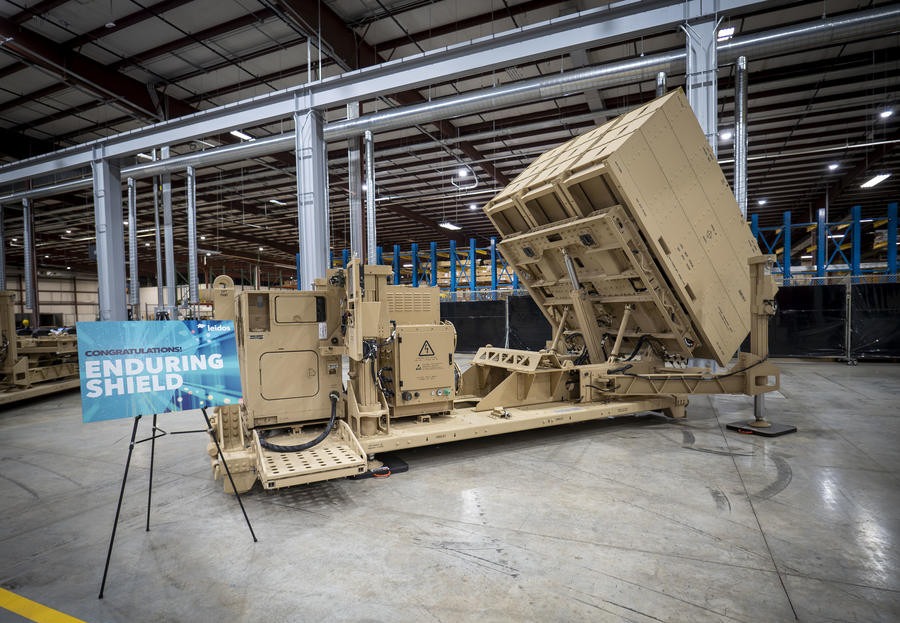
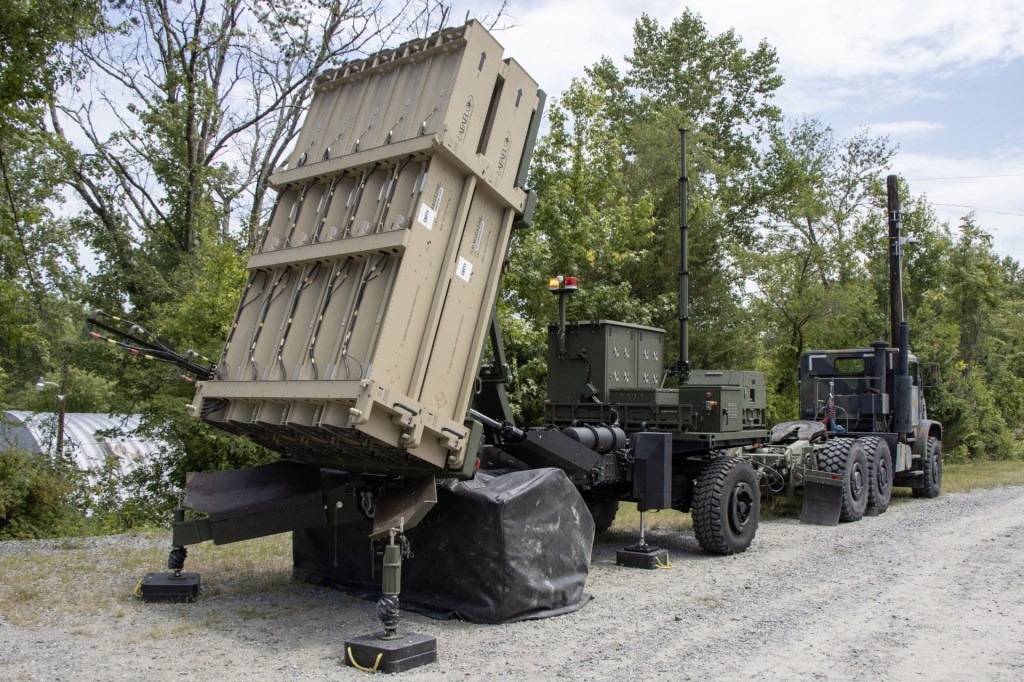
The Army did previously test a Miniature Hit-to-Kill (MHTK) interceptor from Lockheed Martin that could be quad-packed into launch canisters. That work was conducted as part of broader testing of a truck-mounted Multi-Mission Launcher (MML) capable of carrying up to 15 launch canisters at once, which would have allowed for a total load of 60 MHTK interceptors. However, the service did not decide to pursue that as an operational capability. Externally at least, the MHTK design has some very rough similarities to the smaller interceptors CASIC has shown for the FK-3000.
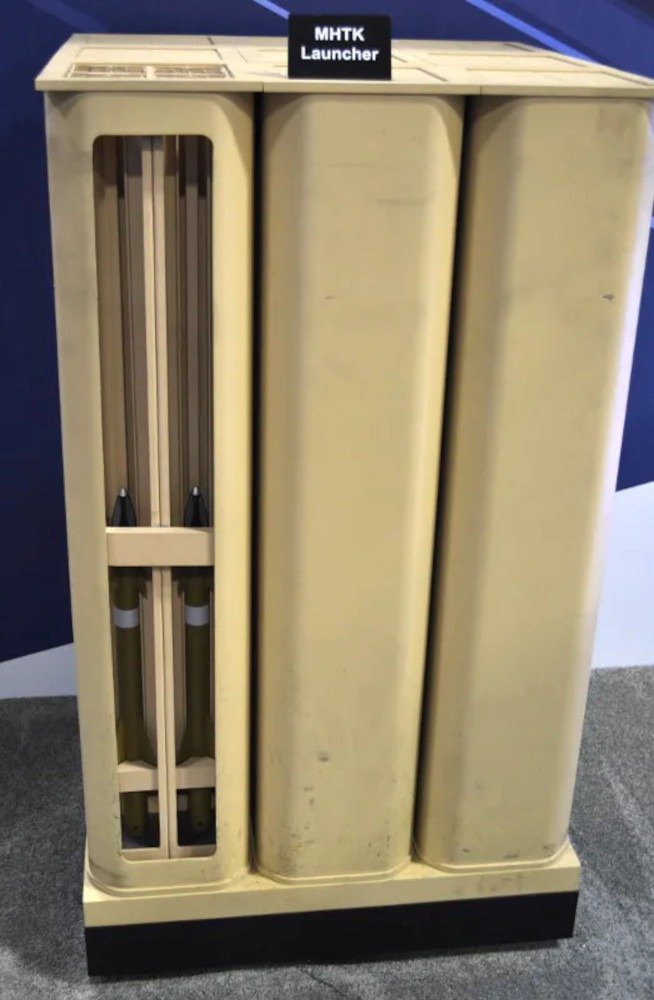
With the threats posed by drones, in particular, continuing to expand and evolve, China’s FK-3000, with its ability to carry a very large load of small interceptors, may come to reflect a broader trend in future short-range air defense systems globally.
Fuente: https://www.twz.com

